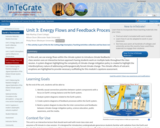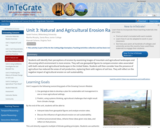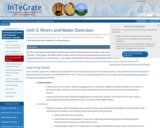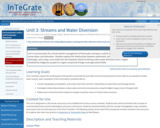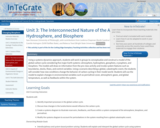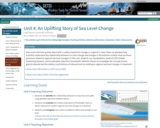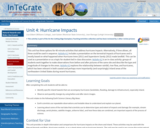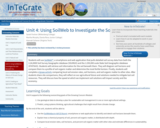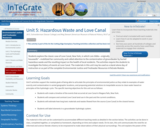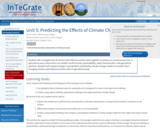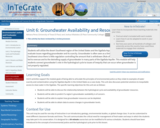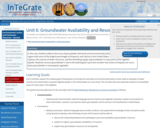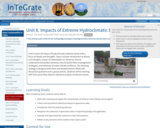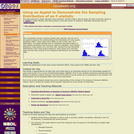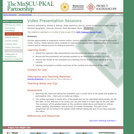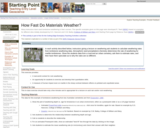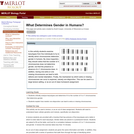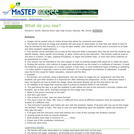Magmatic differentiation is an important concept in the geology curriculum. Students are generally introduced to magmatic differentiation in the introductory course, whereas the details are typically developed in mineralogy and petrology courses. In particular, students often struggle to understand the processes of fractional crystallization.
Fractional crystallization by gravity settling can be illustrated using a model magma chamber consisting of M&M'sÂ. In this model, each major cation (e.g., Si, Ti, Al, Fe, Mg, Ca, Na, K) is represented by a different color M&MÂ; other kinds of differently colored or shaped pieces could also be used. Appropriate numbers of each color M&M are combined to approximate the cation proportions of a basaltic magma; this is the "parental magma". The M&M's are then placed in a group on a tabletop to form a magma chamber. Students then fractionate the magma in ten crystallization steps. In each step the M&M's are moved to the bottom of the magma chamber forming a series of cumulus layers; the M&M's are removed in proportions that are identical to those of the stoichiometric proportions of cations in the crystallizing minerals (e.g., olivine, pyroxene, feldspars, quartz, magnetite, ilmenite). Students observe the changing cation composition (proportions of colors of M&M'sÂ) in the cumulus layers and in the magma chamber and graph the results using spreadsheet software. Students classify the cumulates and resulting liquid after each crystallization step, and they compare the model system with natural magmatic systems (e.g., absence of important fractionating phases, volatiles). Students who have completed this exercise demonstrate increased understanding of fractionation processes exhibit greater familiarity with mineral stoichiometry, classification, solid-solution in minerals, element behavior (e.g., incompatibility), and chemical variation diagrams.
(Note: this resource was added to OER Commons as part of a batch upload of over 2,200 records. If you notice an issue with the quality of the metadata, please let us know by using the 'report' button and we will flag it for consideration.)
